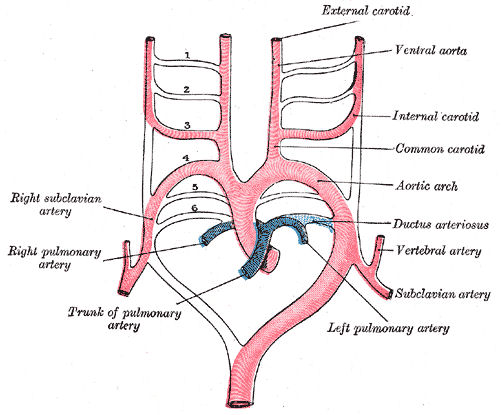 In cetaceans, muscles eject the milk into the
mouths of the young (lacking lips, suckling by the young presumably is difficult or impossible). Other mammals rely on the suckling reflex of the young.
In cetaceans, muscles eject the milk into the
mouths of the young (lacking lips, suckling by the young presumably is difficult or impossible). Other mammals rely on the suckling reflex of the young.Among vertebrates, fish and amphibians have notably glandular skin (fish , generally in the form of individual glandular cells and amphibians with true gland organs), whereas reptiles and birds have limited numbers and types of epidermal glands. Most mammals have a variety of glands (whales and sirenians are exceptions, lacking skin glands except mammary glands), including wax glands (within the pinnae), sebaceous glands ("oil" glands, considered when we talked of hair, though they may occur in hairless areas, also), scent glands, sweat glands, and mammary glands.
Wax glands and sebaceous glands appear to be primarily protective in nature. Scent glands are widespread within the class. Keep in mind that most mammals are much more reliant on scent than on sight for discrimination of individuals, recognition of sex and of sexual receptivity, for recognition and location of predators or prey, for marking territories, etc. Sweat glands play a minor role in excretion (salt and urea, among other products) but, in many terrestrial mammals, have an important role in temperature control by evaporative cooling. Humans are notorious for being one of the sweatiest mammals, and we rely greatly on evaporative cooling. Sweat glands are reduced in some terrestrial mammals, particularly carnivores and rodents. In carnivores, panting and evaporation from the tongue and oral membranes provides cooling. Various types of sweat glands occur among the mammals and some, such as those of the axillae in humans, take on a scent function.
All mammals possess mammary glands, apparently evolved from sweat glands. Those glands differ considerably among taxa. In all, the glands consist of a complex of ducts opening to
the surface. In monotremes, the milk is exuded to the surface of the skin rather than to nipples, and the young suck the milk from tufts of hair; other mammals have projecting nipples for suckling.
Coalescing ducts may open individually to the surface of the nipple or, as in artiodactyls, open into a cistern for storage which has but a single opening to the surface. The number of nipples
varies from two to as many as 20 in some marsupials. In cetaceans, muscles eject the milk into the
mouths of the young (lacking lips, suckling by the young presumably is difficult or impossible). Other mammals rely on the suckling reflex of the young.
In cetaceans, muscles eject the milk into the
mouths of the young (lacking lips, suckling by the young presumably is difficult or impossible). Other mammals rely on the suckling reflex of the young.
Milk composition varies widely between taxa. In general, marine mammals such as whales and seals have extremely high percentages of fats and proteins as compared to terrestrial mammals (which also vary greatly from one kind to another, however). Some examples are given in Feldhamer et al. (2004) and most other textbooks on mammalogy.
Mammals have a four-chambered heart with the systemic artery formed from the left fourth aortic arch. Birds also have a four-chambered heart, but the systemic artery is formed from the right fourth aortic arch and thus is a matter of convergent evolution (a homoplasy). The situation in mammals is shown diagrammatically in the figure. The six pairs of aortic arches develop in the embryo; those not colored in the diagram are eventually lost during embryonic development, with the development of the remaining arches as labeled.
The figure (from Wikipedia) shows the embryonic condition of the aortic arches. Go to the Wikipedia article for a full description. From Gray's Anatomy, 20th ed., 1918.
Last Update: 6 Jan 2008
Centennial Museum and Department of Biological Sciences, The University of Texas at El Paso